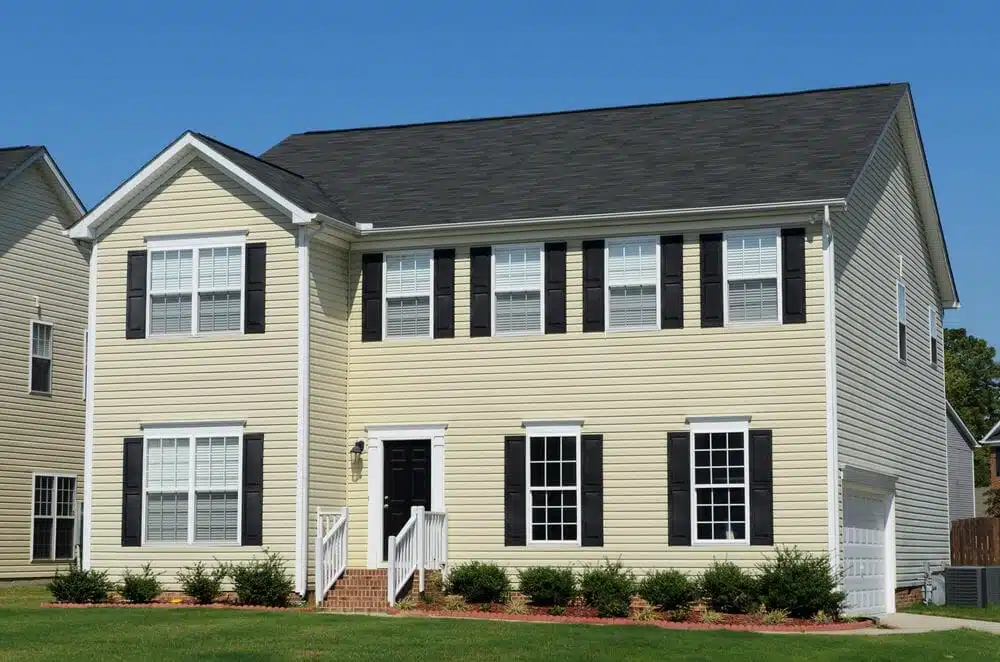How Do You Identify Masonite Siding Problems?
Masonite siding is a popular siding product which is made of waste paper and pressed together to form the final product. Masonite siding is a relatively weak product since it is susceptible to many factors.

If you have some problems with your siding give Ideal Siding a call. Here are some of the common problems with masonite siding:
1. Buckling
Buckling is when the Masonite siding starts expanding and becoming relatively spongy. This problem is characterized by bulging of the board and appearance of unusual curves that were initially not there. At installation and a short while after that, it is usually flat and stiff. Whenever that changes, then you know that there is a problem. Buckling results from the absorption of moisture by the product. If not given enough attention, this problem can grow bigger and worse.
2. Discoloration
Most people are used to ignoring this sign as they assume it is not significant enough to cause any worries. But, they are wrong in thinking that because even a slight change in color should draw attention.
Decoloration of masonite interferes with the appearance of your siding. It also indicates rotting. you should, therefore, act promptly whenever you realize this problem.
3. Blistering
This can sometimes be very hard to notice until it gets serious. You have to feel the siding in the early stages, so you can confirm whether or not it has blisters. This problem happens when the wood particles in the inner layers of the masonite begin separating. Form the habit of regularly feeling your siding for blisters and taking the necessary actions to correct it; otherwise, it can get damaged totally.
4. Infestation by insects
Masonite is not a very robust siding product, and therefore it can be easily infested by insects and especially around where the siding meets with the foundation. To identify this, you need to keep a regular check of your house surrounding to see if there are any signs of insects. If there is any, then you need to spray insecticides or insect repellents to get rid of them immediately. This is necessary because just by breeding on the masonite, the insects can cause significant damage.
5. Deterioration
This problem leads to missing chunks on the siding and other missing parts. Identifying if it is deterioration on a masonite siding can be quite easy. All you need to do is look for any splits, cracks or holes in the siding. That is usually enough indication that your siding is deteriorating and that you need to take quick actions.
6. Caulking
When you notice small spaces along the edges of your siding boards, then this should be an indication that your siding has a problem. These edges should normally remain sealed all the times. Regularly check the caulking of your siding and ensure everything is intact. If not, then redo the caulking because loose caulking can allow in moisture and insects, which can cause further severe damages.
7. Coating
The coating is an important precautionary measure done through painting and treatment of the siding. It helps to prevent contact between the masonite and moisture or fungus. Most manufacturers sell their masonite after they are treated and coated, while others don’t. If your siding board is pre-painted, then you need to make sure you maintain it. On the other hand, if you buy yours before it is treated or painted, then you need to do so before using it.
Regular inspection of your siding is essential. It is at this time that you can notice problems that you may not have seen if you were just passing by. Significantly, noticing and reacting to a problem in its early stages is great and gives a more relaxed time while you are doing repairs.
So, while masonite can be relatively weak, proper maintenance can give it more extended durability than you expected, even longer than the other preferred products.
If you are living in Seattle, call us for getting siding services in Seattle.